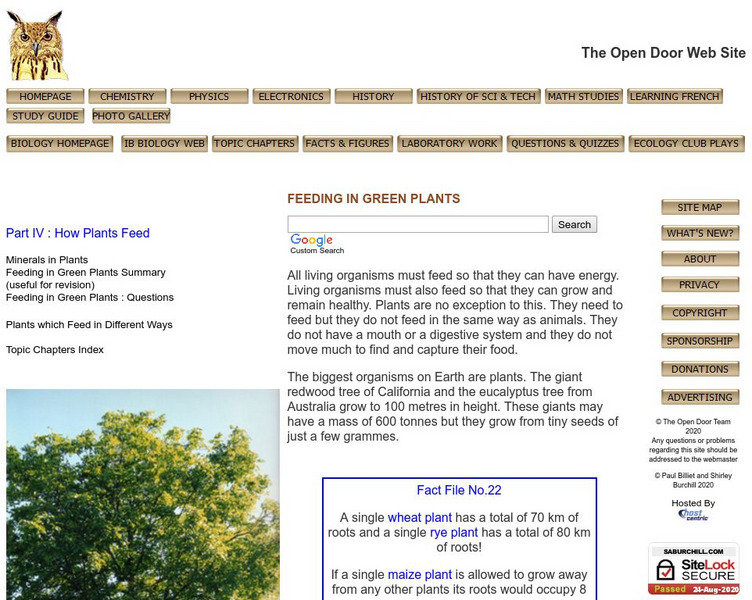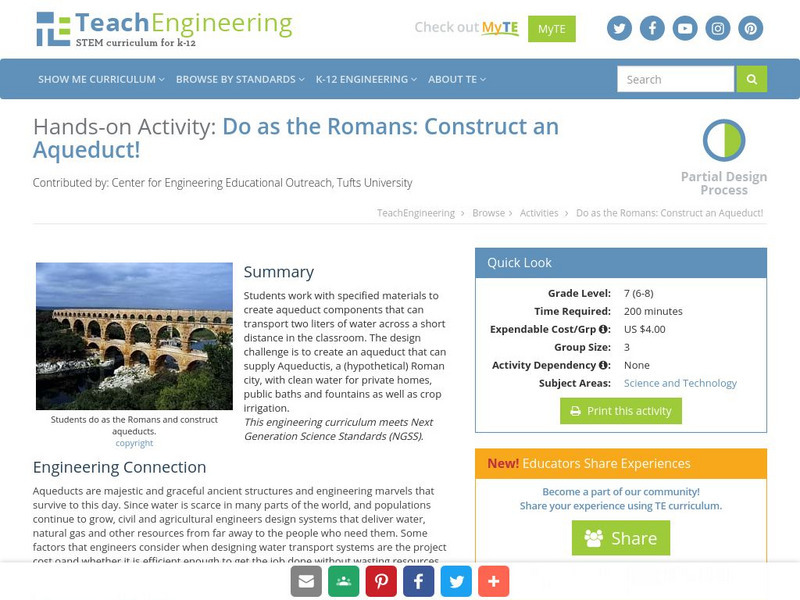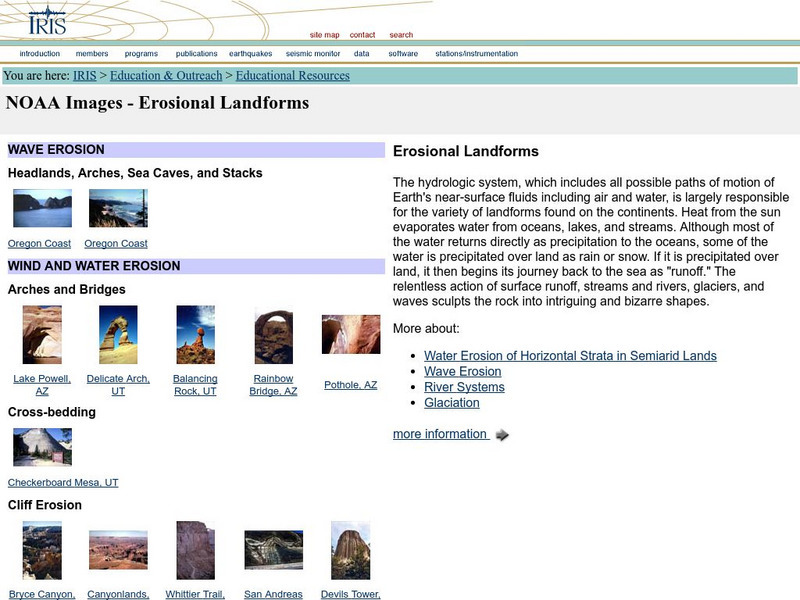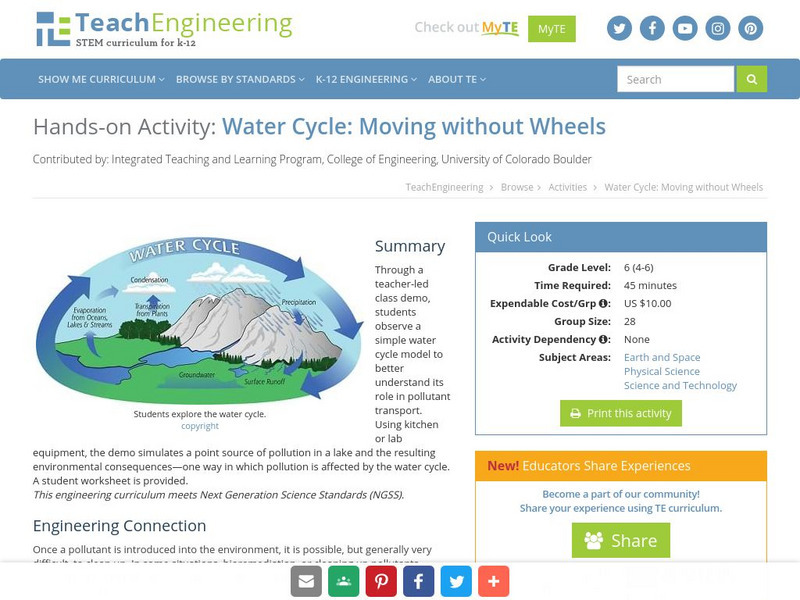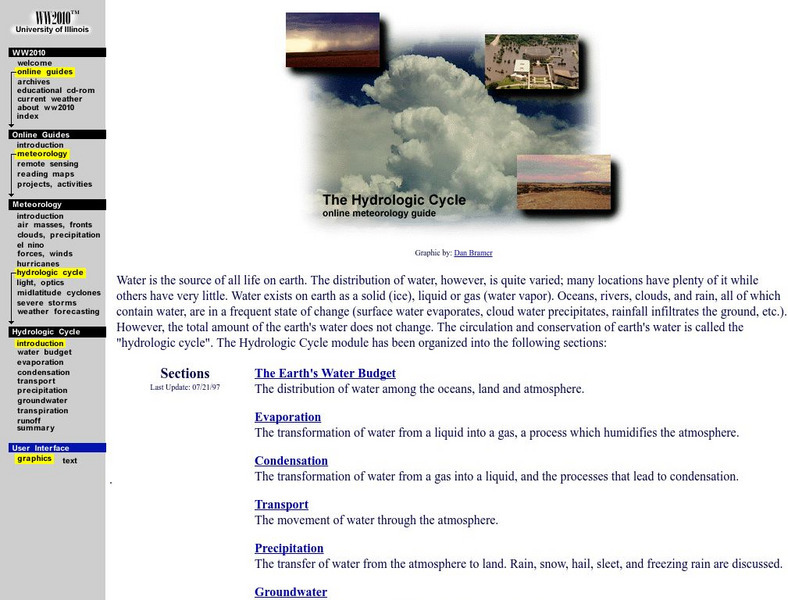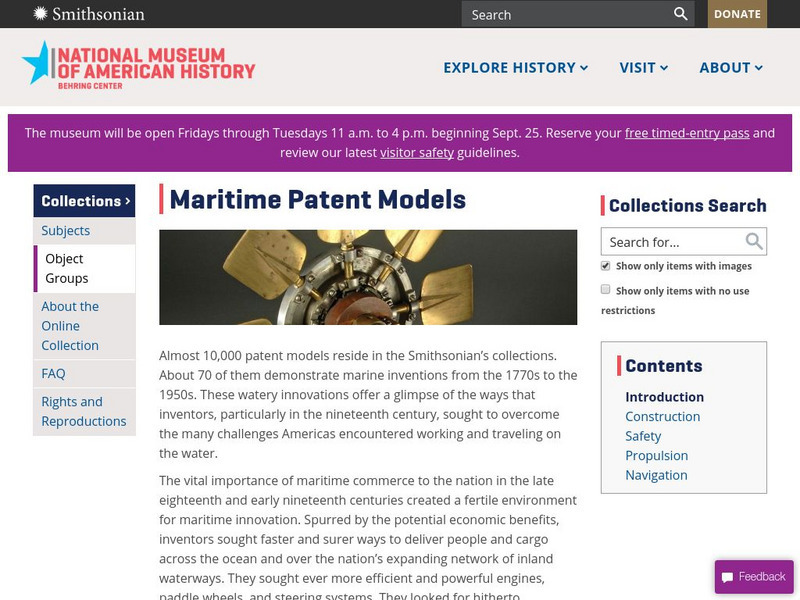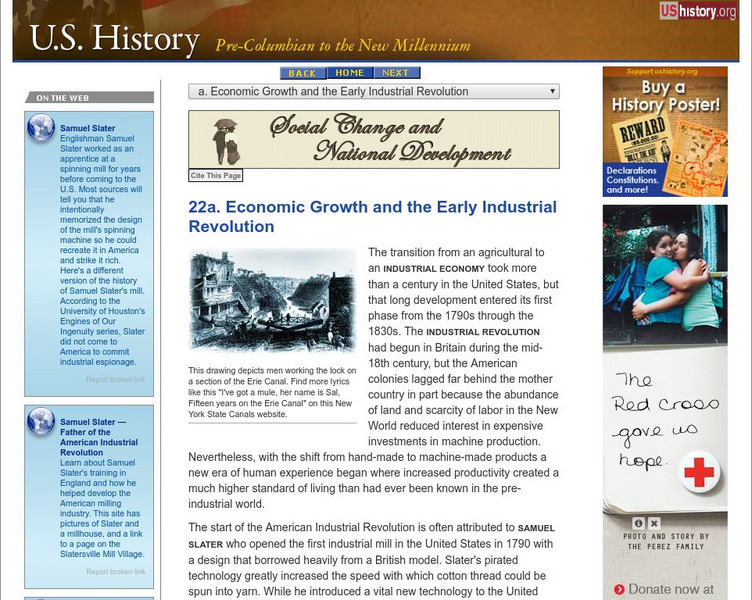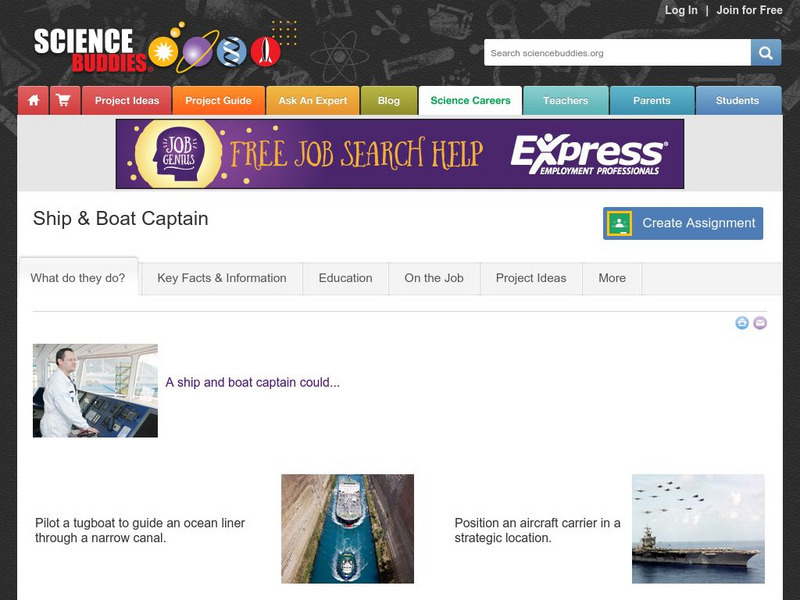Hi, what do you want to do?
CK-12 Foundation
Ck 12: Fourth Grade: Earth Science: Erosion and Deposition by Flowing Water
[Free Registration/Login may be required to access all resource tools.] Discusses how flowing water causes erosion; describes how runoff, streams, and rivers change Earth's surface; and identifies features caused by groundwater erosion.
TeachEngineering
Teach Engineering: Tippy Tap Plus Piping
The Tippy Tap hand-washing station is an inexpensive and effective device used extensively in the developing world. One shortcoming of the homemade device is that it must be manually refilled with water and therefore is of limited use in...
TeachEngineering
Teach Engineering: Land! Water! Sky! Oh My!
This lesson focuses on the importance of airplanes in today's society. Airplanes of all shapes and sizes are used for hundreds of different reasons, including recreation, commercial business, public transportation, and delivery of goods,...
TeachEngineering
Teach Engineering: Locks and Dams
Students are introduced to the structure, function and purpose of locks and dams, which involves an introduction to Pascal's law, water pressure and gravity.
US Environmental Protection Agency
Epa: Contaminated Site Clean Up: Sediments
Explains what is meant by sediments, how they can become contaminated, the types of contaminants, how contamination levels are assessed, and methods of remediation. The side menu links to information about policies, contaminant...
US Geological Survey
Us Geological Survey: Water Science School: Sinkholes
What is a sinkhole? Where are they found? What causes them? This text based article will provide the answer to these questions, and more!
Open Door Team
Open Door Web Site: Feeding in Green Plants
Learn how plants absorb water through either root systems or vessels in their stems with this site. Also understand how important water is to the make up of the plant!
US Geological Survey
Usgs Earth's Water: Rivers and the Landscape
Describes the formation of rivers and the transport of soil and sediment. Links to related material is provided within the text.
City University of New York
The World of Cells: Osmosis
This definition and explanation osmosis shows how water diffuses from regions where it is in high concentration to regions where it is in low concentration.
TeachEngineering
Teach Engineering: Do as the Romans: Construct an Aqueduct!
In this activity, students work with specified materials to create aqueduct components that will transport 2 liters of water across a short distance in their classroom. The goal is to build an aqueduct that will supply Aqueductis, a...
TeachEngineering
Teach Engineering: The Earth Is a Changin'
This lesson introduces and describes the main types of erosion (i.e., chemical, water, wind, glacier and temperature). Students learn examples of each type of erosion and discuss how erosion changes the surface of the Earth. Students...
University of Washington
Iris: Noaa Images: Erosional Landforms
Examples, with images, of different types of landforms created by water and wind erosion.
Central Intelligence Agency
Cia: World Factbook: Indian Ocean
This resource presents a general overview of the Indian Ocean's impact on our world. It includes maps and information on transportation, economy, elevation extremes, and more.
ClassFlow
Class Flow: Transportation
[Free Registration/Login Required] This flipchart discusses the categories of transportation - land, air, and water - and has students identify appropriate ways to transport goods.
Environduck
Enviroduck: Green Transportation Environmentally Friendly Transport
Learn how green transportation such as cars, autos, busses, and trains can help our environment.
TeachEngineering
Teach Engineering: Moving Without Wheels
In a class demonstration, students observe a simple water cycle model to better understand its role in pollutant transport. This activity shows one way in which pollution is affected by the water cycle; it simulates a point source of...
BioEd Online
Bio Ed Online: Why Circulate?
In this lesson plan students will observe the dispersion of a drop of food coloring in water, draw conclusions about the movement of dissolved substances, and develop explanations about the importance of organisms' internal transport...
TeachEngineering
Teach Engineering: Engineering for the Earth
Young students are introduced to the complex systems of the Earth through numerous lessons on its natural resources, processes, weather, climate and landforms. Key earth science topics include rocks, soils and minerals, water and natural...
University of Illinois
University of Illinois Urbana Champaign: The Hydrologic Cycle
Water is the source of life on earth. It exists in many forms and is constantly changing. The circulation and conservation of earth's water is called the hydrologic (or water) cycle. Find out how water evaporates, condensates,...
PBS
Pbs: Pov Borders: Environment
Point of View is television's longest running showcase for independent non-fiction films. This particular feature provides insight regarding alternative means of energy, transport, and the consumption of natural resources. Video, games,...
University of Wisconsin
The Why Files: Oceans' True Boundaries and "Garbage Patches"
A deep look at ocean circulation returns a surprise: Currents transport water - and non-degradable, floating plastic - between the ocean basins. Thus, some of the plastic in the South Atlantic "garbage gyre" was actually thrown away in...
Smithsonian Institution
National Museum of American History: Marine Patent Models
View the Smithsonian's collection of patent models that demonstrate marine inventions from the 1770s to the 1950s that attempted to change and improve the challenges Americans encountered working and traveling on the water.
Independence Hall Association
U.s. History: Economic Growth and the Early Industrial Revolution
A very thorough look at the industrial growth in the North because of the advent of the Industrial Revolution in America. See what industries grew, how factories became more productive, and find out how the states cultivated economic...
Science Buddies
Science Buddies: Career Profile: Ship and Boat Captain
Here's a career profile for a career you perhaps have not considered. Captains of ships and boats used for moving cargo or passengers are considered part of the merchant marines. Read about the type of work involved with this career as...










